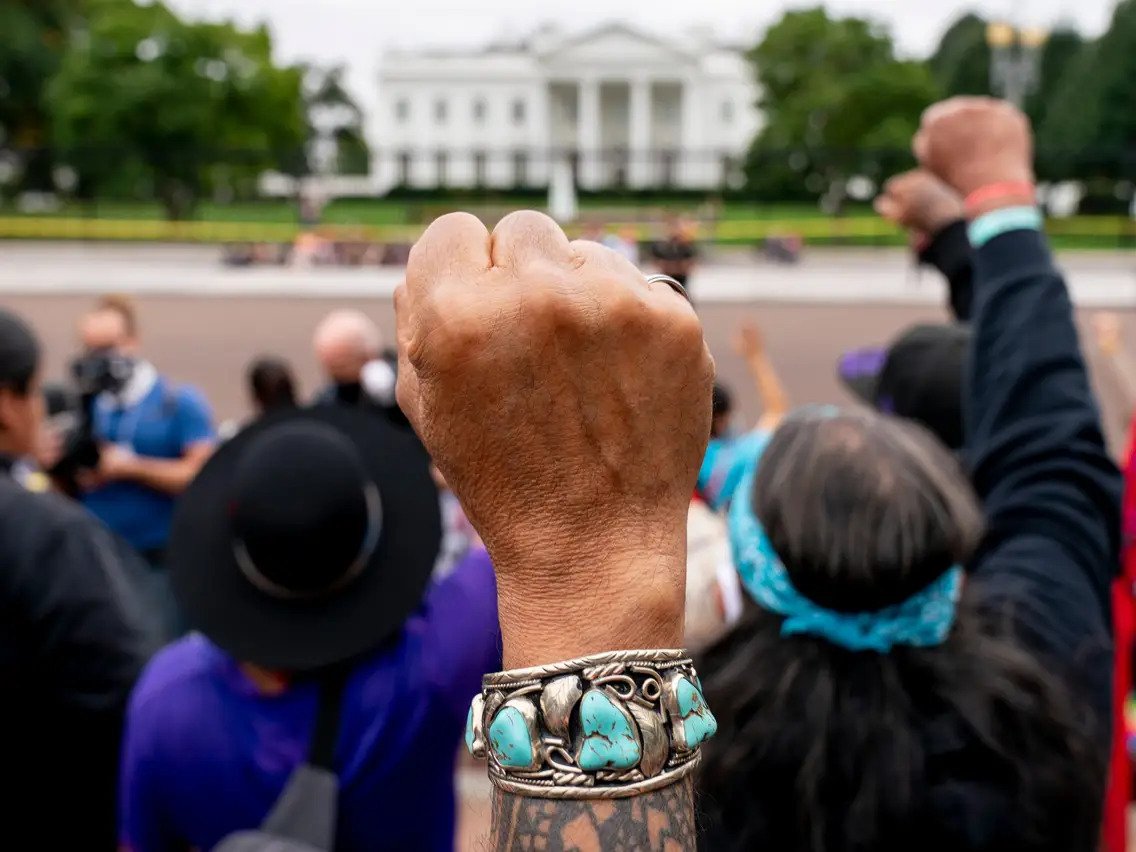Human Trafficking Laws and Victim Support

Human trafficking is a grave violation of human rights, necessitating stringent legal frameworks to combat this heinous crime. This article delves into the intricacies of human trafficking laws and the indispensable role of victim support in the fight against this global menace.
Contents
- 1 Understanding Human Trafficking Laws
- 2 The Role of Victim Support in Combating Human Trafficking
- 3 Key Provisions in Human Trafficking Laws
- 4 Challenges in Enforcing Human Trafficking Laws
- 5 Collaborative Efforts for Effective Implementation
- 6 The Impact of Human Trafficking on Victims
- 7 Strategies for Improving Human Trafficking Laws
- 8 The Role of Technology in Combating Human Trafficking
- 9 Public Awareness and Education
- 10 Government Initiatives for Victim Rehabilitation
- 11 Notable Cases and Legal Precedents
- 12 Global Efforts and Treaties
- 13 Evaluating the Effectiveness of Human Trafficking Laws
- 14 Conclusion
- 15 FAQs
Understanding Human Trafficking Laws
International laws serve as the foundation for addressing human trafficking, while national laws provide the necessary specificity to combat this crime within individual jurisdictions. Each country tailors its laws to address the unique challenges it faces regarding human trafficking.
The Role of Victim Support in Combating Human Trafficking
Victim support is a linchpin in the fight against human trafficking. Beyond legal repercussions for perpetrators, a comprehensive approach includes providing support and rehabilitation for victims, recognizing them as survivors on the path to recovery.
Key Provisions in Human Trafficking Laws
Human trafficking laws encompass a range of provisions aimed at dismantling trafficking networks and holding perpetrators accountable. Understanding these provisions is crucial for effective enforcement and prosecution.
Challenges in Enforcing Human Trafficking Laws
Despite advancements in legislation, law enforcement faces significant challenges in combatting human trafficking. These challenges include the clandestine nature of trafficking networks, jurisdictional complexities, and the need for international cooperation.
Collaborative Efforts for Effective Implementation
The fight against human trafficking necessitates collaboration between governments, law enforcement agencies, and non-governmental organizations (NGOs). Successful case studies highlight the effectiveness of such cooperative efforts.
The Impact of Human Trafficking on Victims
Victims of human trafficking endure severe physical and emotional trauma. The article explores the toll on victims’ lives and emphasizes the need for robust support programs to aid in their recovery.
Read More: What Kissimmee Families Need to Know About Thanksgiving Traffic (2023)
Strategies for Improving Human Trafficking Laws
Advocacy for legal reforms is imperative to address evolving trends in human trafficking. This section discusses strategies to enhance existing laws, emphasizing the need for adaptability.
The Role of Technology in Combating Human Trafficking
Technology plays a pivotal role in tracking and preventing human trafficking. From data analytics to artificial intelligence, innovative technologies contribute to the ongoing fight against this crime.
Public Awareness and Education
Creating public awareness is fundamental to preventing human trafficking. Educational campaigns empower communities to recognize signs of trafficking and report suspicious activities.
Government Initiatives for Victim Rehabilitation
Governments worldwide are implementing programs to rehabilitate victims of human trafficking. Examining these initiatives provides insight into successful models for victim recovery.
Notable Cases and Legal Precedents
Landmark cases and legal precedents shape the landscape of human trafficking laws. Understanding these cases sheds light on the evolution of legislation in response to emerging challenges.
Global Efforts and Treaties
International collaborations and treaties play a crucial role in combating human trafficking. Examining these global efforts provides a comprehensive understanding of the collective response to this crime.
Evaluating the Effectiveness of Human Trafficking Laws
Metrics for assessing the impact of human trafficking laws are essential for ongoing evaluation and improvement. This section explores key indicators and areas where legislation can be enhanced.
Read More: Mobile Is About to Get a Lot of Cruise Ship Traffic (2023)
Conclusion
In conclusion, human trafficking laws and victim support are integral components of a multifaceted strategy to combat this global menace. The collective efforts of governments, NGOs, and individuals are essential for eradicating human trafficking and supporting survivors on their journey to recovery.
FAQs
How can individuals contribute to the fight against human trafficking?
Individuals can contribute by staying informed, supporting anti-trafficking organizations, and reporting suspicious activities to the authorities.
What role does technology play in preventing human trafficking?
Technology, such as data analytics and artificial intelligence, aids in tracking and preventing human trafficking by identifying patterns and potential trafficking networks.
Are there specific challenges in enforcing human trafficking laws internationally?
Yes, enforcing human trafficking laws internationally is challenging due to jurisdictional complexities and the need for collaboration between countries.
How do governments rehabilitate victims of human trafficking?
Governments implement rehabilitation programs, providing victims with medical, psychological, and vocational support to aid in their recovery.
What can be done to improve public awareness of human trafficking?
Public awareness can be improved through educational campaigns, community engagement, and media initiatives highlighting the signs of human trafficking.





